Youth and Adults Transforming Schools Together
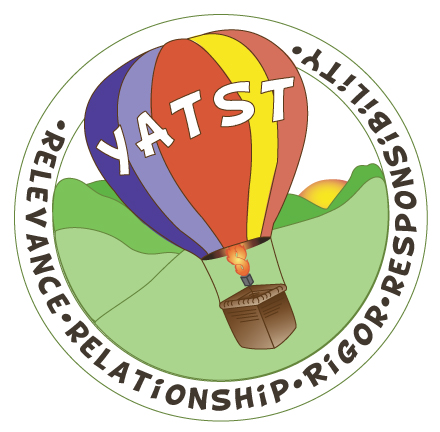
This organization was founded in Vermont to increase student voice in decision-making and engagement in learning. Youth and adults participate together in action research to identify areas for growth, share data, and take actions. Teams focus on four areas: rigor, relevance, relationships, and responsibility. The two overview videos provide an excellent introduction to the approach.… Read More ›
Measuring SEL
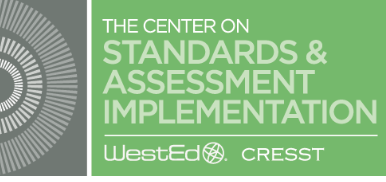
This collection of resources can help schools, districts, and states determine how to measure students’ social emotional learning (SEL). Compiled by the Center on Standards and Assessment Implementation (CSAI), a partnership between WestEd and the Center on Standards and Assessment Implementation (CRESST), it includes overviews of relevant ESSA regulations, links to guiding documents, and a… Read More ›
5 Truths for Building a Successful Data Culture
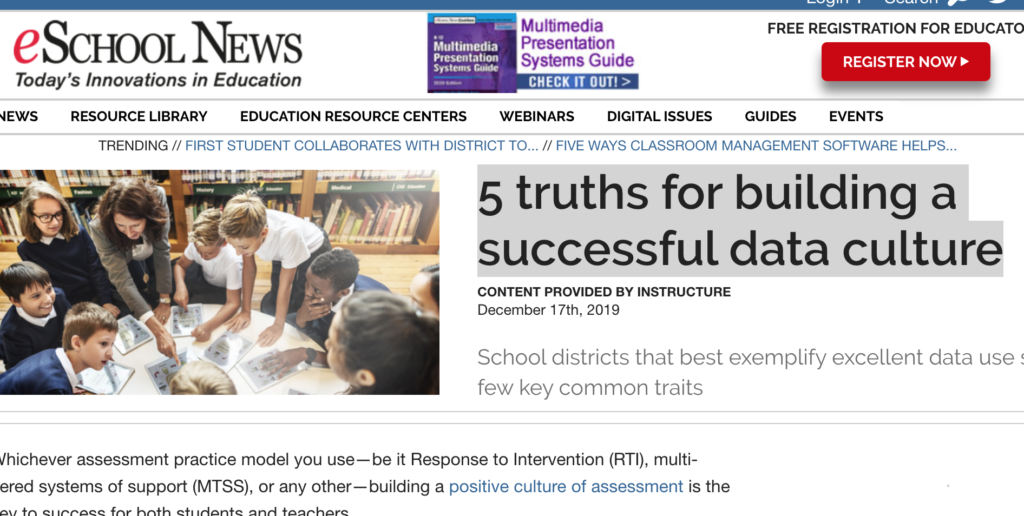
This article describes five qualities often seen in schools that use data effectively to drive improvement. At these schools, leaders set the tone to build a positive culture around the collection and use of data. Teachers participate in conversations around data and use formative assessment in real time to improve teaching practices. This article is… Read More ›
Getting Started with Culturally Responsive Teaching
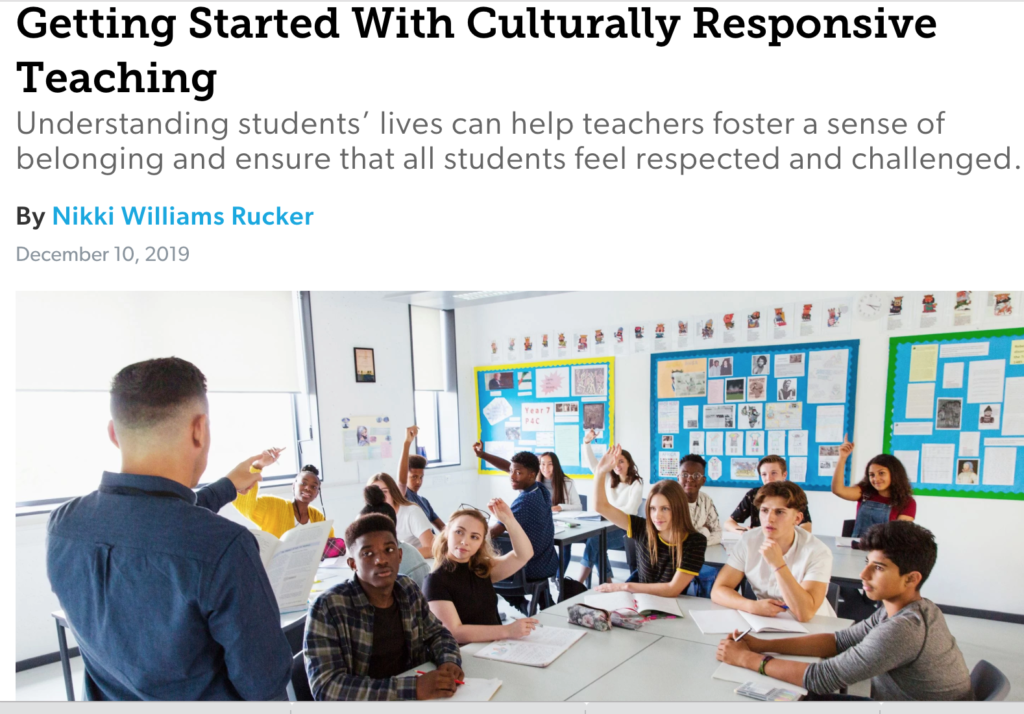
This article demystifies culturally responsive teaching. Becoming more culturally responsive begins with getting to know students well. The author lays out a roadmap for teachers who want to jump in. It includes ideas to confront implicit bias, build classroom culture that fosters student belonging and ownership, and revamp curriculum to make it more relevant. This… Read More ›
The National Standards for Quality Online Learning
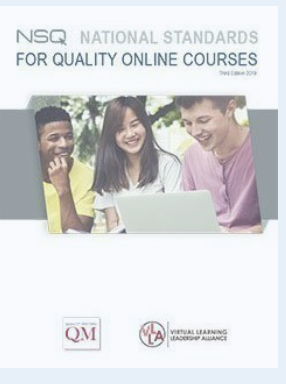
More and more students are taking part in some type of online learning. To guide educators, families, and students, the Virtual Learning Leadership Alliance and Quality Matters have created new national standards for virtual education. This is the first revision of these standards, originally written the Aurora Institute (formerly known as iNACOL), in ten years. … Read More ›
Helping Students Track Their Learning
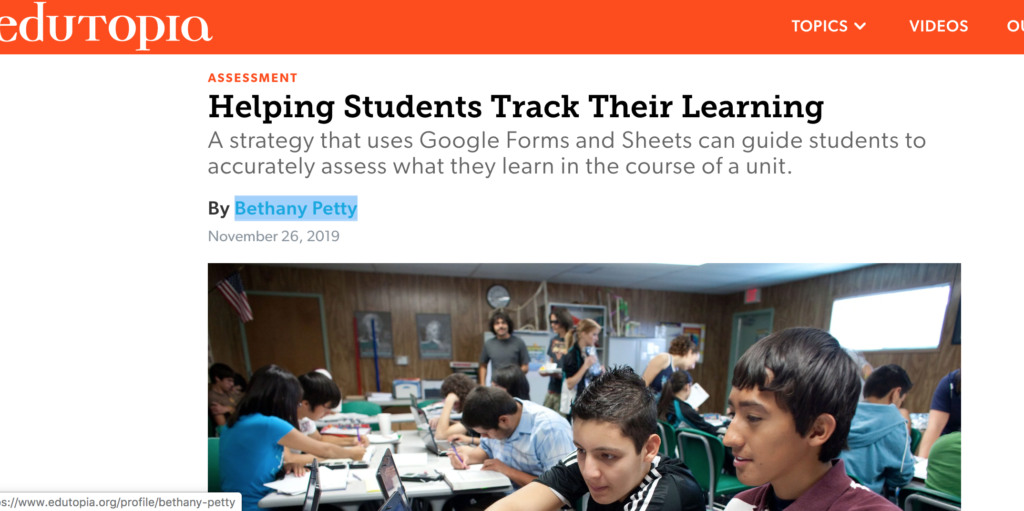
This article explores how to help students become “assessment capable” learners, monitoring their own content understanding. Assessment capable learners can assess both where they are and where they are going. This article outlines how one history teacher used a common technology tool, Google Docs, to improve formative assessment and build students’ ownership of their learning… Read More ›
Assessment Resources Bundle
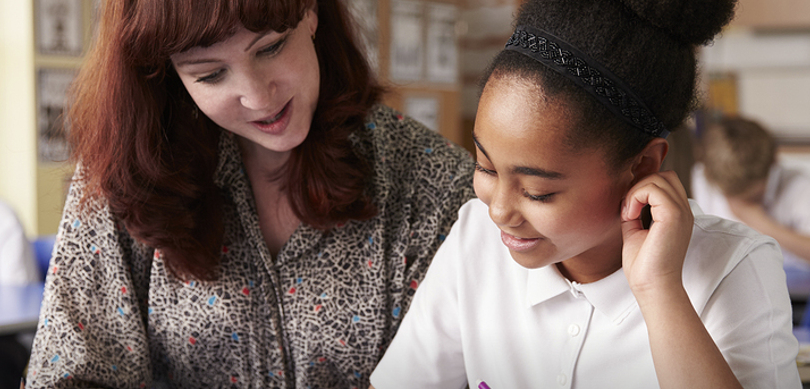
Since the Students at the Center (SATC) research paper Assessing Learning was released, the literature on student-centered assessment practices has continued to grow. More and more, schools, districts, and states are using assessment as an opportunity for growth and learning, as well as a way to elevate student voice and leadership. This selection of resources… Read More ›
How Do We Teach Kids to Assess Themselves?
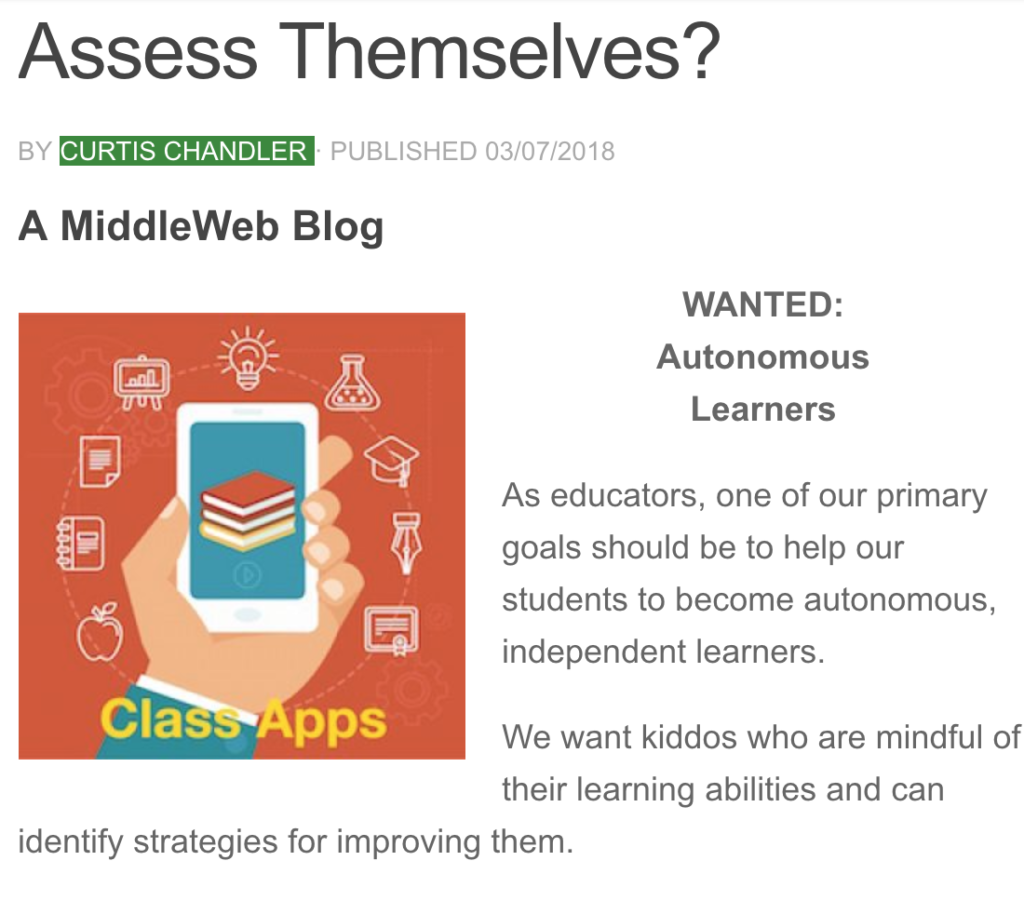
This article discusses the importance of student self assessment to build student agency over learning and help both teacher and student track progress over time. It describes several methods of self assessment including: Rubrics Portfolios Data notebooks Graphic organizers Tech tools to synthesize multiple ideas Any teacher can use the tips for implementation and links… Read More ›
Developing “Assessment Capable” Learners

This article in the Measuring What Matters issue of ASCD’s Educational Leadership magazine looks at the importance of including students deeply in the assessment process. The authors discuss the idea of “assessment-capable learners” who are aware of their own progress and can navigate their learning path. Teachers can foster “assessment-capable learners” by building student’s motivation,… Read More ›
Using Sketchnotes and Doodles in ELA Lessons
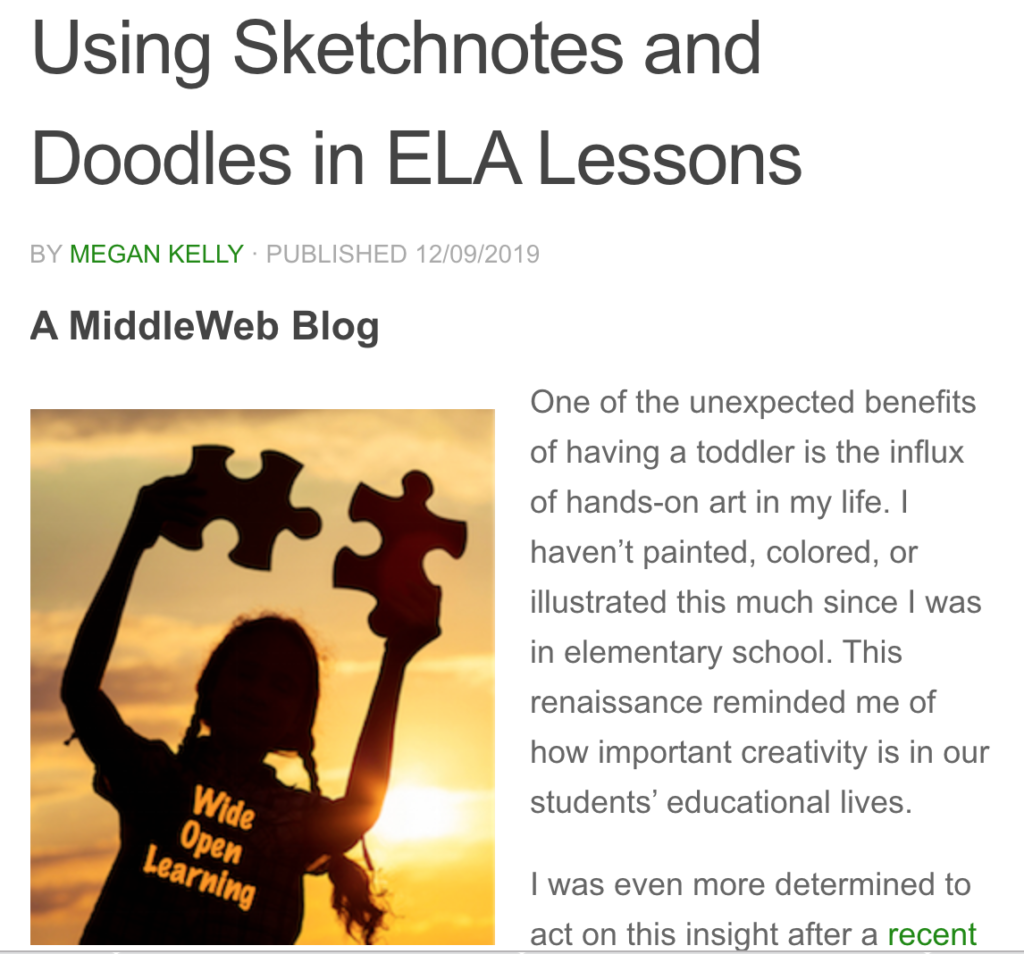
In this blog, a veteran ELA teacher shares ideas for incorporating art into ELA lessons to improve learning. She describes her efforts to incorporate more art in her classroom after reading a study that showed drawing is one of the best ways to retain new information. Her activities included “sketchnoting” in which small doodles are… Read More ›
Bringing Student Choice to Assessment in Science Classes
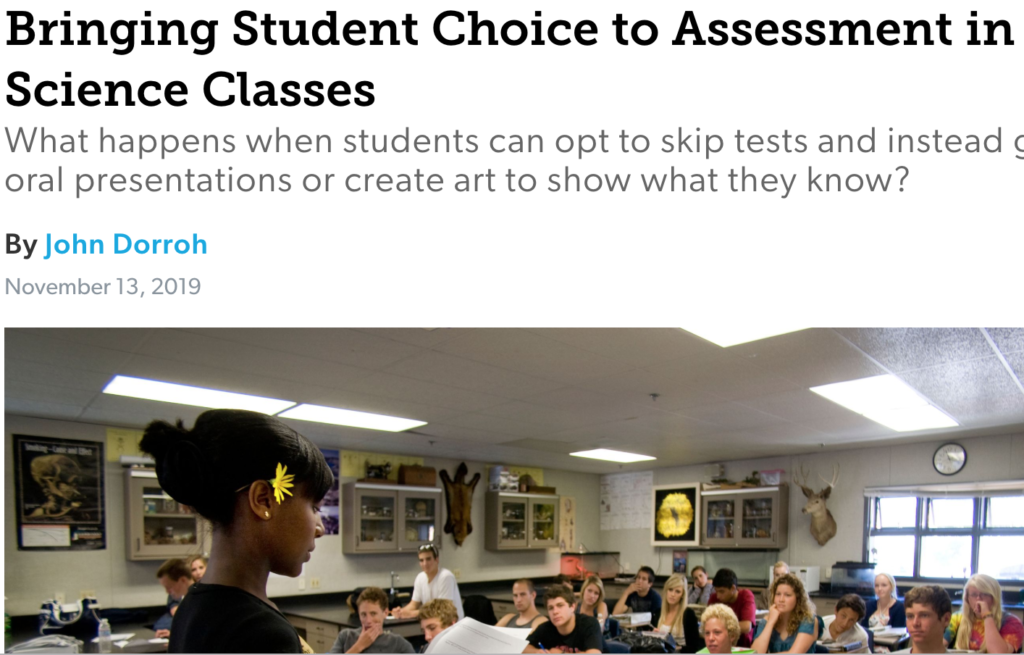
An experienced science teacher describes how he uses alternative assessments in this article. He explains the system he developed to let students choose how to show what they know with options ranging from written tests to journaling, oral reports, or artwork. Science teachers will find inspiration in the article, and appreciate this teacher’s discussion around… Read More ›
Exploring the Impact of Personalized Learning on Student Outcomes
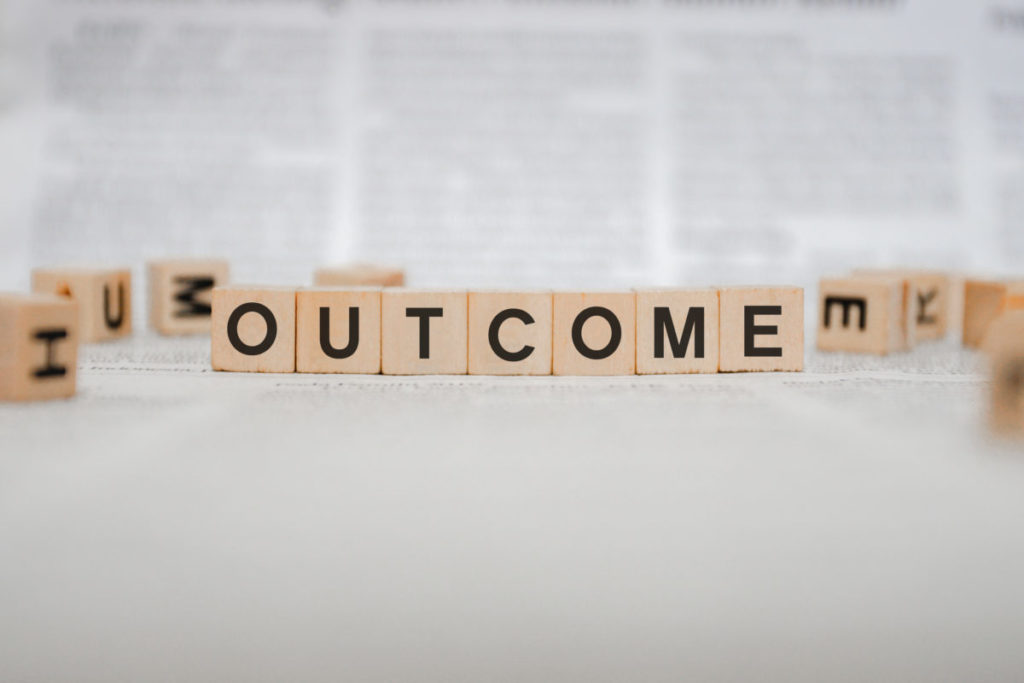
We believe in the power of personalized, competency-based learning because we want each and every student to learn and be challenged as individuals. We believe it is the path toward equitable outcomes for ALL students. We intuitively understand that having clear learning targets, meaningful and flexible assessments, personalized student supports, and student ownership of their own… Read More ›